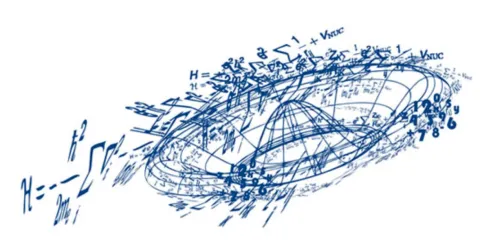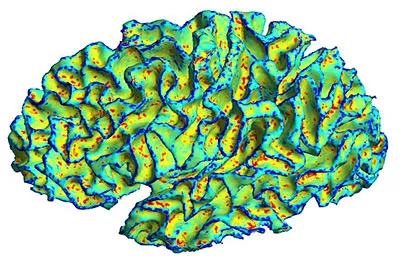Solve Real World Problems.
From the precise mechanics of the inner workings of living cells, to predicting how fluids and structures interact, Rensselaer mathematicians are continuing an establish tradition of harnessing mathematics to support engineering and scientific pursuits for the good of our 21st-century world.









